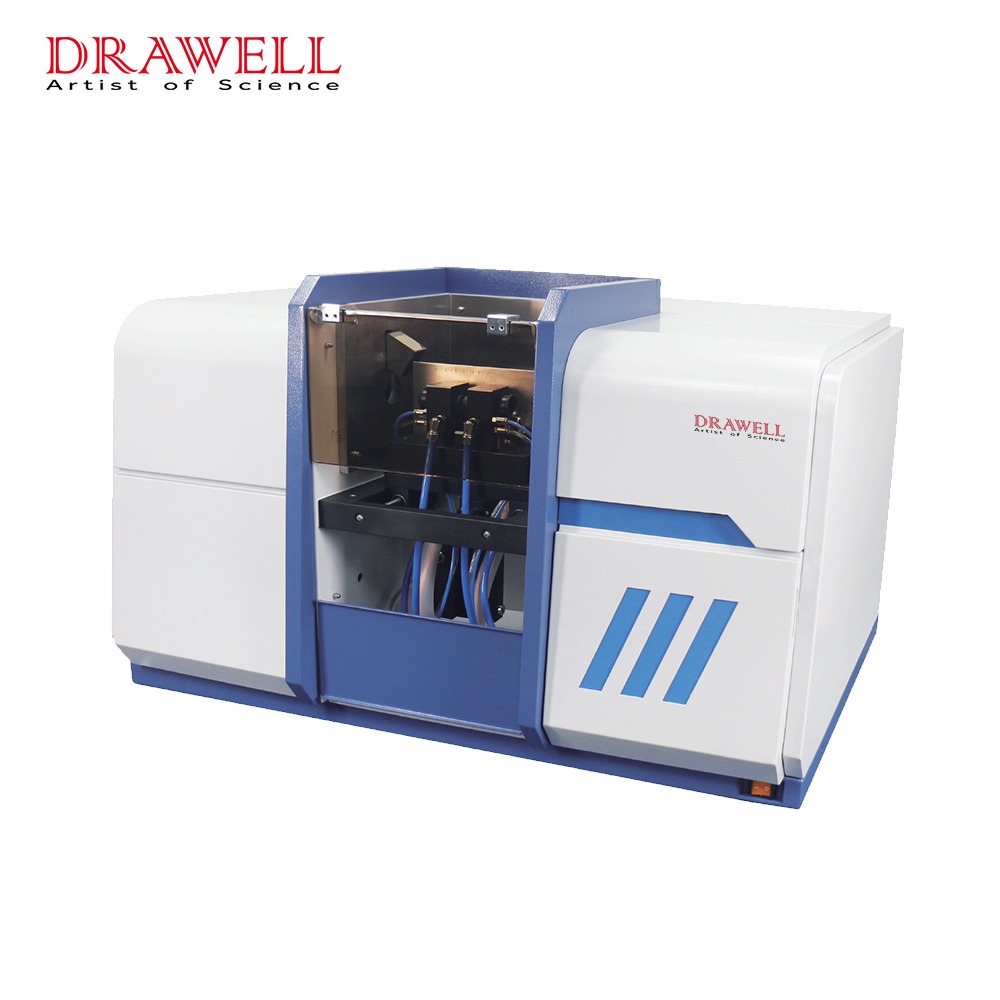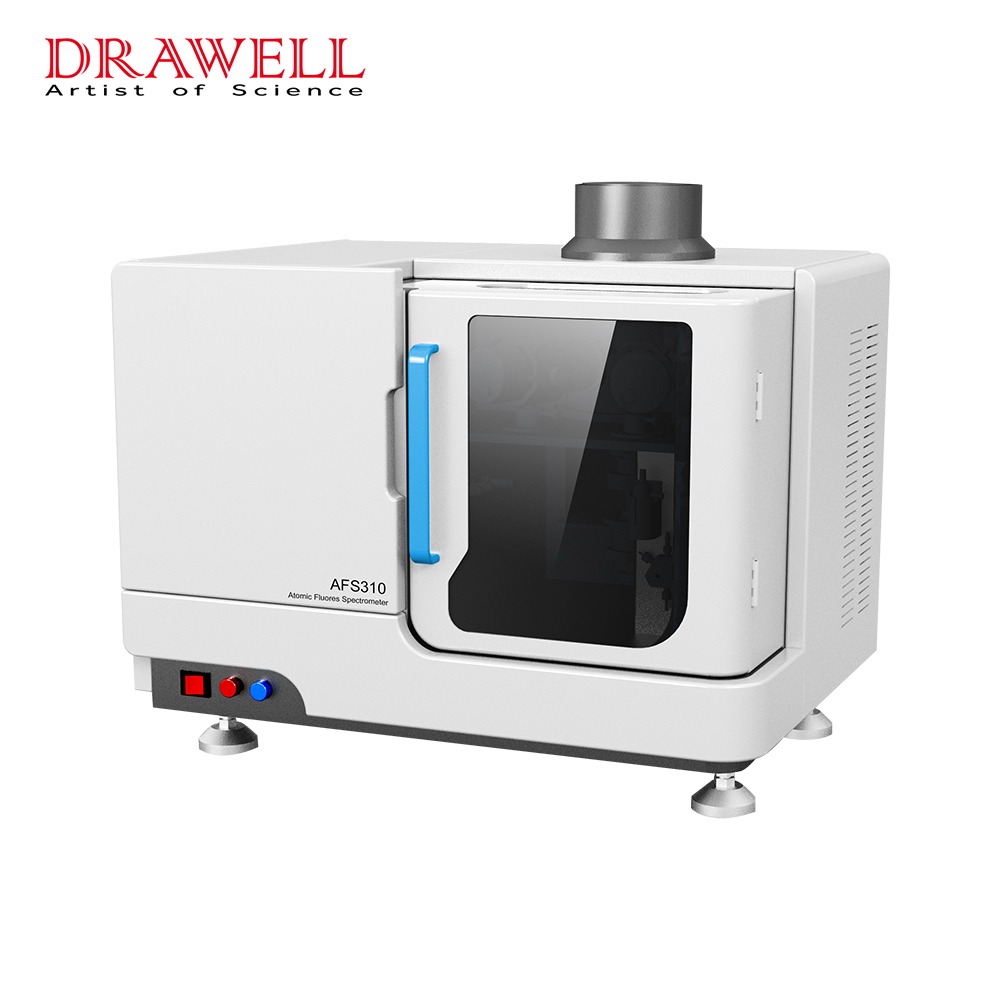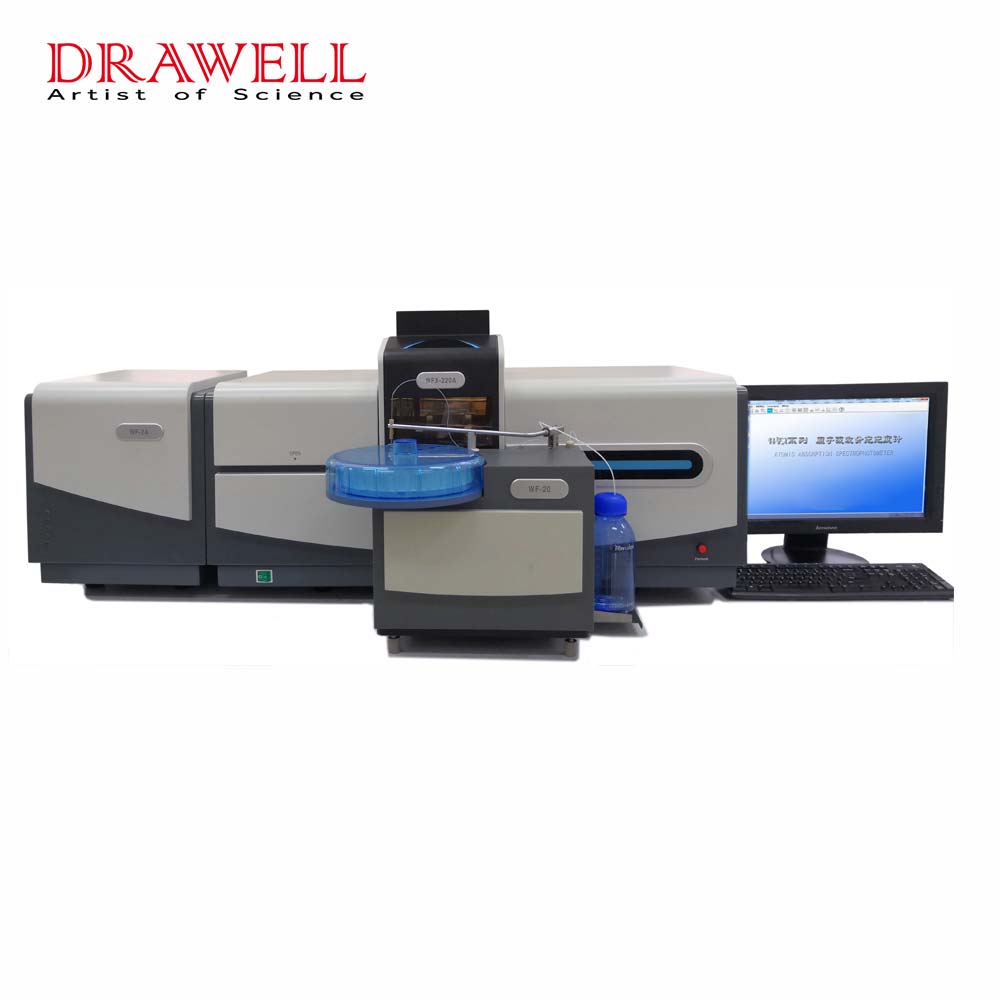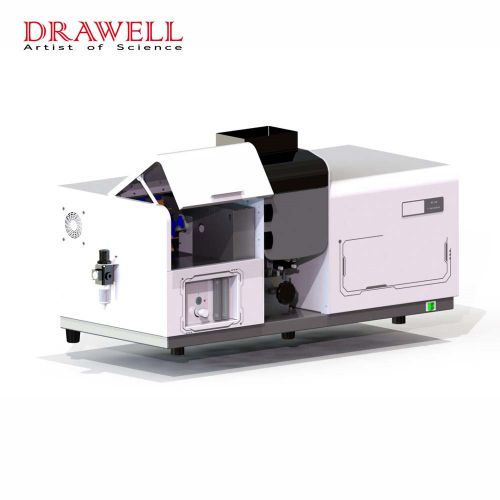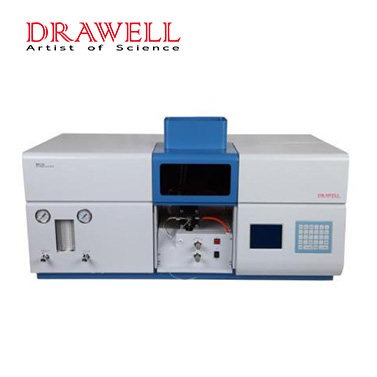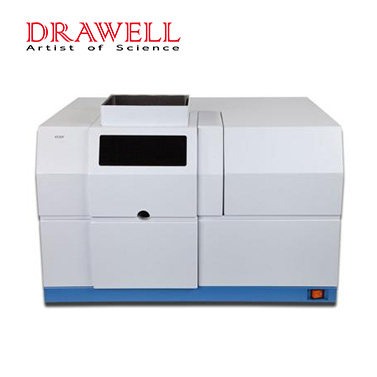In the realm of analytical chemistry, atomic absorption spectrophotometry (AAS) is a powerful technique that enables the qualitative and quantitative analysis of elements present in a wide range of samples. The atomic absorption spectrophotometer (AAS) is the instrumental apparatus employed to perform AAS measurements. This article aims to provide a comprehensive understanding of atomic absorption spectrophotometers, including their principle of operation, applications, pricing factors, and technological advancements.
What is an Atomic Absorption Spectrophotometer?
Brief Introduction
An Atomic Absorption Spectrophotometer (AAS) is an analytical instrument used to determine the concentration of elements in a sample by measuring the absorption of light. It is widely used in various scientific and industrial applications, such as environmental monitoring, pharmaceutical analysis, food and beverage testing, and metal analysis.
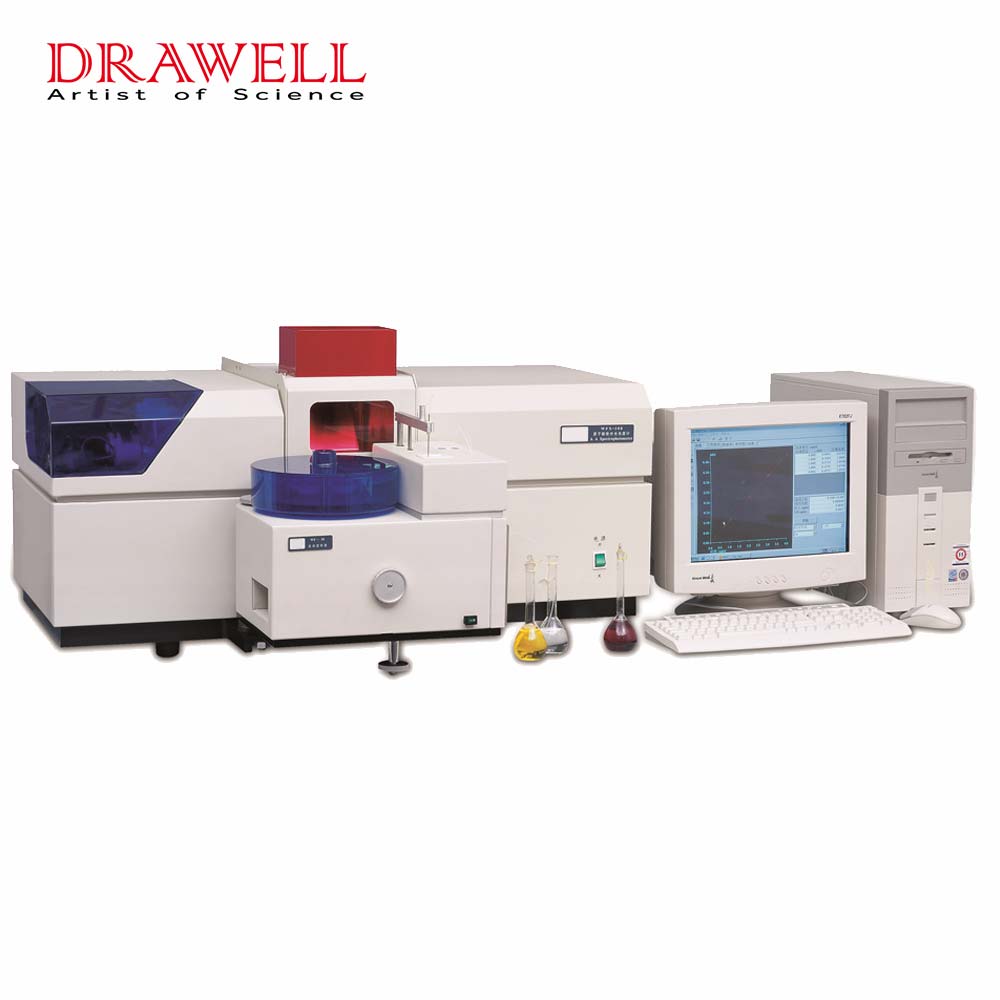
Principle of AAS
The principle behind atomic absorption spectroscopy is based on the absorption of light by atoms in the ground state.
- When a sample containing the element of interest is introduced into the spectrophotometer, it is atomized and converted into free atoms. These atoms are then exposed to a light source, typically a hollow cathode lamp or an electrodeless discharge lamp, which emits light at specific wavelengths corresponding to the absorption lines of the target element.
- The sample’s atoms absorb the specific wavelengths of light that correspond to their electronic energy transitions. The spectrophotometer measures the amount of light absorbed by the sample at these specific wavelengths. The absorption is directly proportional to the concentration of the element present in the sample. By comparing the absorption to a calibration curve generated using standards of known concentration, the concentration of the element in the sample can be determined.
- Atomic absorption spectrophotometers offer high sensitivity and selectivity, allowing for the analysis of trace elements in complex matrices. They can analyze multiple elements simultaneously or sequentially by changing the wavelength of the light source. The instrument provides quantitative data, enabling precise measurements of elemental concentrations in parts per million (ppm) or even parts per billion (ppb).
Atomic Absorption Spectrophotometer Price
- The price of an atomic absorption spectrophotometer can vary significantly depending on various factors such as the brand, model, specifications, and additional features. As a result, it is challenging to provide an exact price without specific details.
- Typically, atomic absorption spectrophotometers are high-end and sophisticated instruments, so they tend to be relatively expensive compared to other laboratory equipment. They can range in price from several tens of thousands of dollars to several hundred thousand dollars.
- To get an accurate price for a specific atomic absorption spectrophotometer model, it is recommended to contact manufacturers, distributors, or suppliers directly. They can provide you with detailed information on pricing based on your specific requirements and needs.
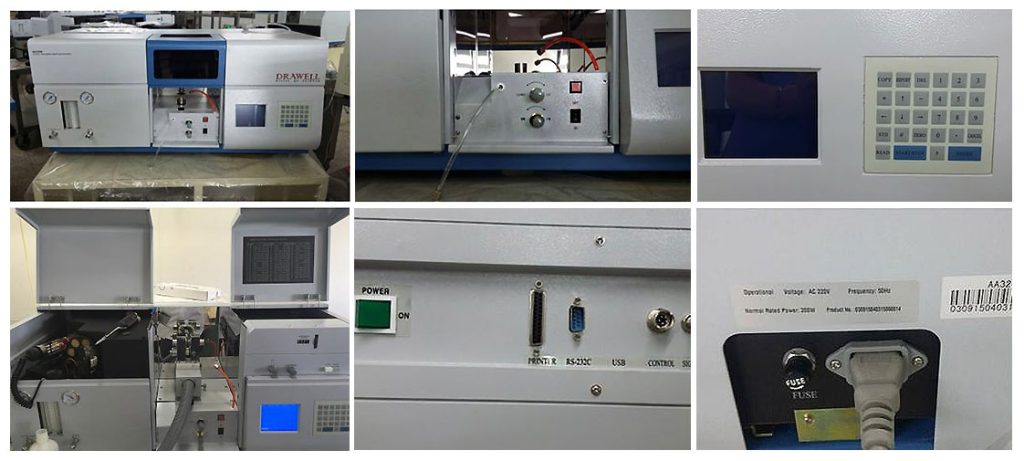
How Does An Atomic Absorption Spectrophotometer Work?
An atomic absorption spectrophotometer (AAS) works based on the principle of absorption spectroscopy. Here’s a step-by-step explanation of how it functions:
- Atomization: The sample, which contains the element of interest, is introduced into the AAS instrument. Atomization is the process of converting the sample into free atoms. This can be achieved through different atomization techniques, such as flame atomization, graphite furnace atomization, or cold vapor atomization, depending on the nature of the sample and the element being analyzed.
- Light Source: A specific wavelength of light is required to excite the atoms of the element under analysis. A hollow cathode lamp or an electrodeless discharge lamp is commonly used as the light source. These lamps emit light at the characteristic absorption lines of the element, which correspond to the electronic transitions of the atoms.
- Monochromator: The light emitted by the lamp contains a range of wavelengths. The monochromator is a device that selects a specific wavelength of light and filters out unwanted wavelengths. It ensures that only the desired wavelength, which corresponds to the absorption line of the element, passes through.
- Sample Cell: The selected wavelength of light from the monochromator then passes through the sample cell, which contains the atomized sample. The sample cell is made of a transparent material, such as quartz, to allow the passage of light.
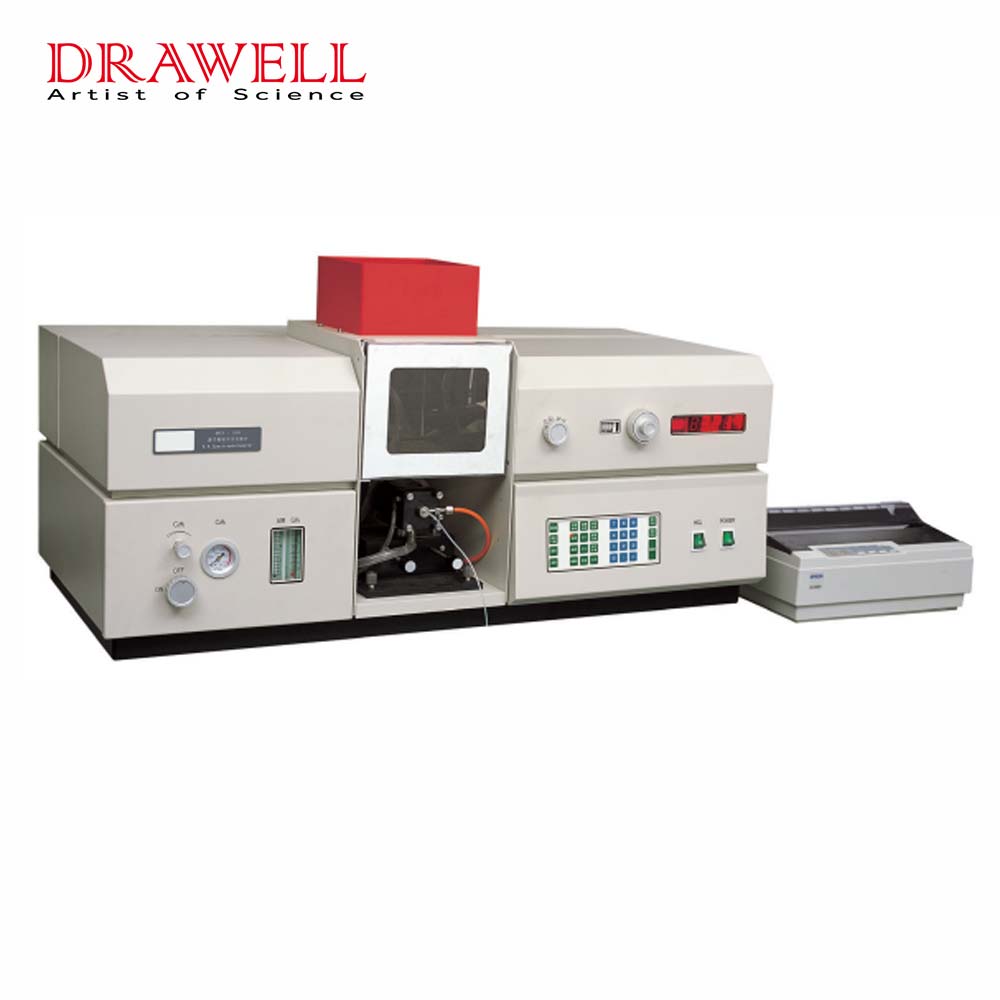
- Absorption Measurement: As the light passes through the sample cell, the atoms of the element in the sample absorb light at the specific wavelength corresponding to their electronic energy transitions. The amount of light absorbed is directly proportional to the concentration of the element in the sample. The spectrophotometer measures the intensity of the transmitted light or the light that is absorbed by the sample.
- Detector: A detector in the instrument measures the intensity of the transmitted or absorbed light and converts it into an electrical signal.
- Data Analysis: The electrical signal from the detector is processed by the instrument’s electronics, which may include amplifiers and signal processors. The processed signal is then displayed on a screen or recorded for further analysis.
- Calibration and Quantification: To determine the concentration of the element in the sample, a calibration curve is generated using standard solutions of known concentrations. The instrument compares the absorption of the sample to the calibration curve and calculates the concentration of the element.
By following these steps, an atomic absorption spectrophotometer enables quantitative analysis of elements in a sample based on their absorption of specific wavelengths of light.

